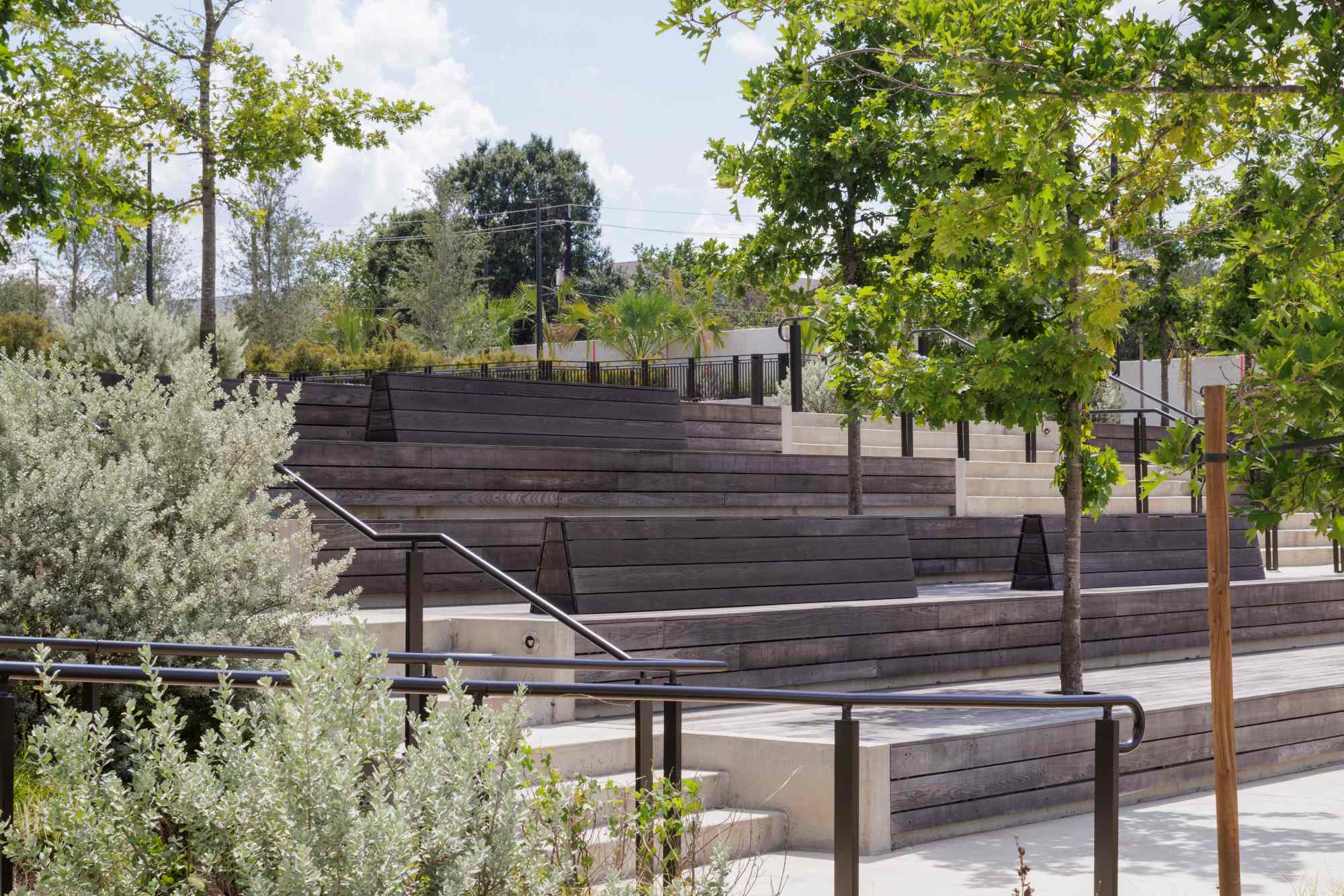The Ismaili Center Houston is preparing for its much-anticipated opening later this year. Designed by internationally renowned architect Farshid Moussavi, the Center represents both a milestone for the Ismaili Muslim community and a meaningful addition to Houston’s cultural landscape. It will offer a welcoming space where people of all backgrounds can learn, engage, and connect.
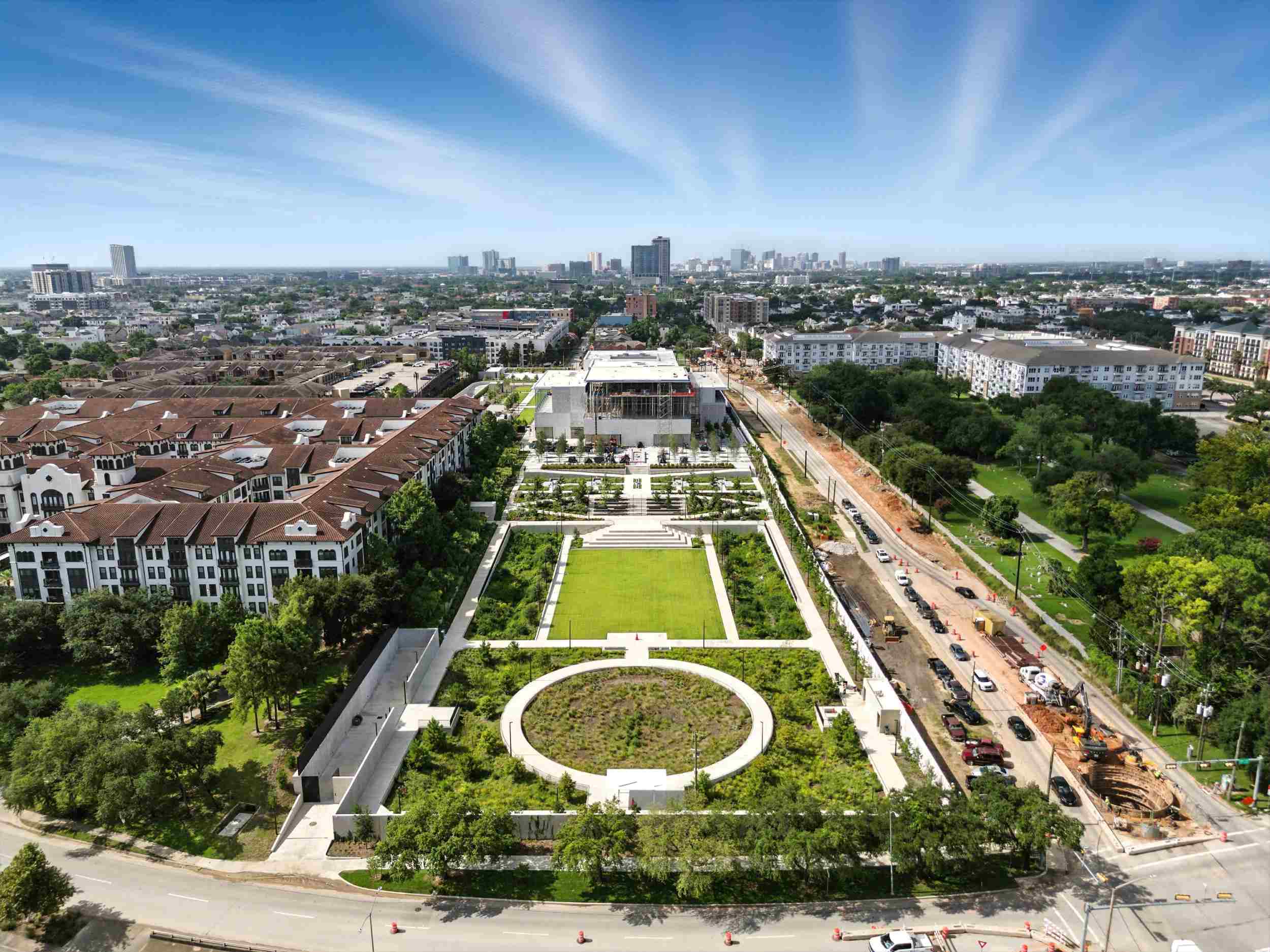
Final preparations are underway, including the completion of dramatic veranda spaces and the landscaping of nine acres of gardens by Nelson Byrd Woltz Landscape Architects. This marks the conclusion of a journey that began in 2006, when His Highness the Aga Khan IV (1936–2025), the then spiritual leader of the world’s Shia Ismaili Muslims, selected Houston as the site of the first Ismaili Center in the United States, joining others in London (1985), Vancouver (1985), Lisbon (1998), Dubai (2008), Dushanbe (2009), and Toronto (2014).
Widely respected for his passion for the transformative power of architecture and landscape, the late Prince Karim Aga Khan personally guided the project’s design details. Following his passing earlier this year, its completion has been entrusted to his eldest son and successor, His Highness Prince Rahim Aga Khan V.
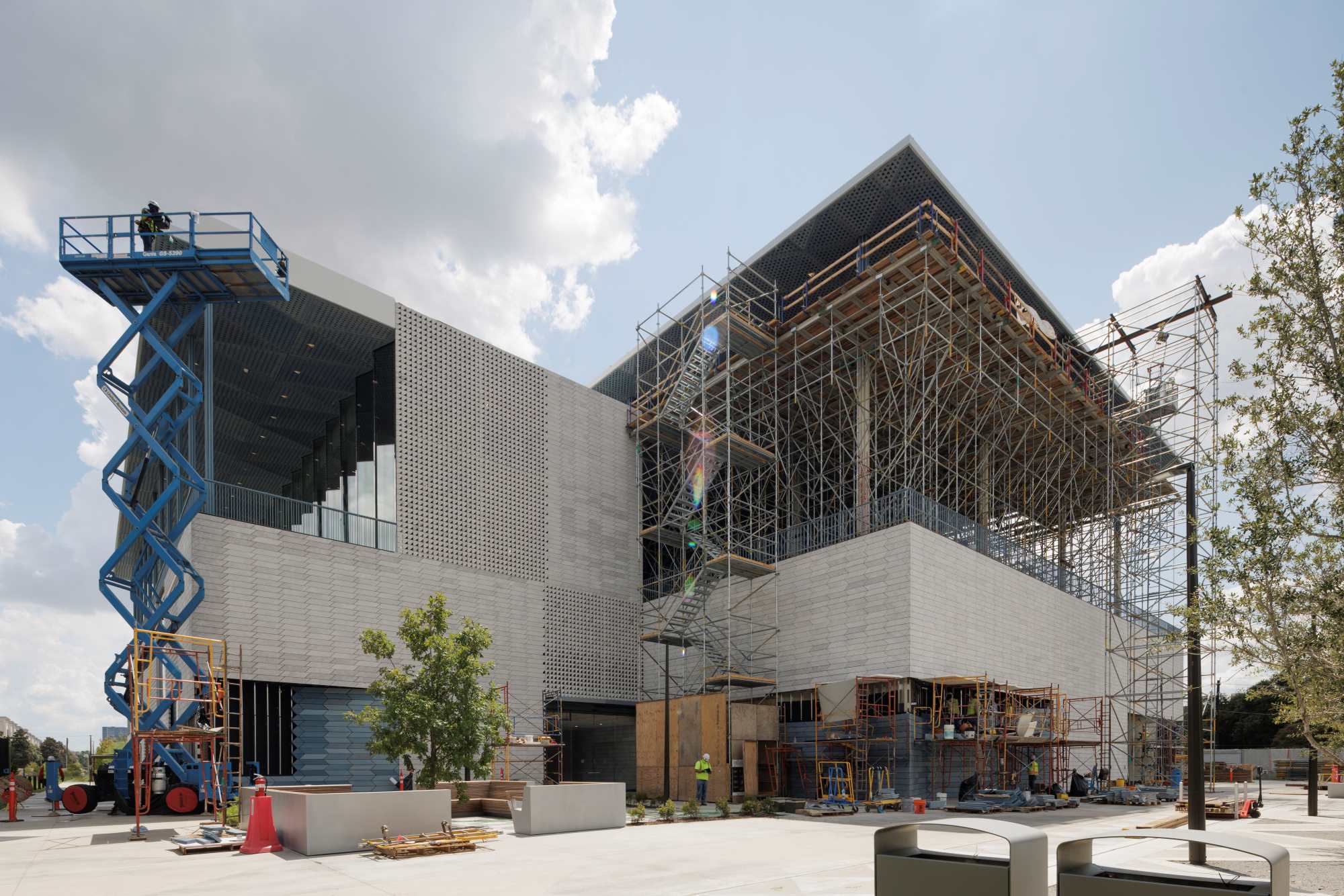
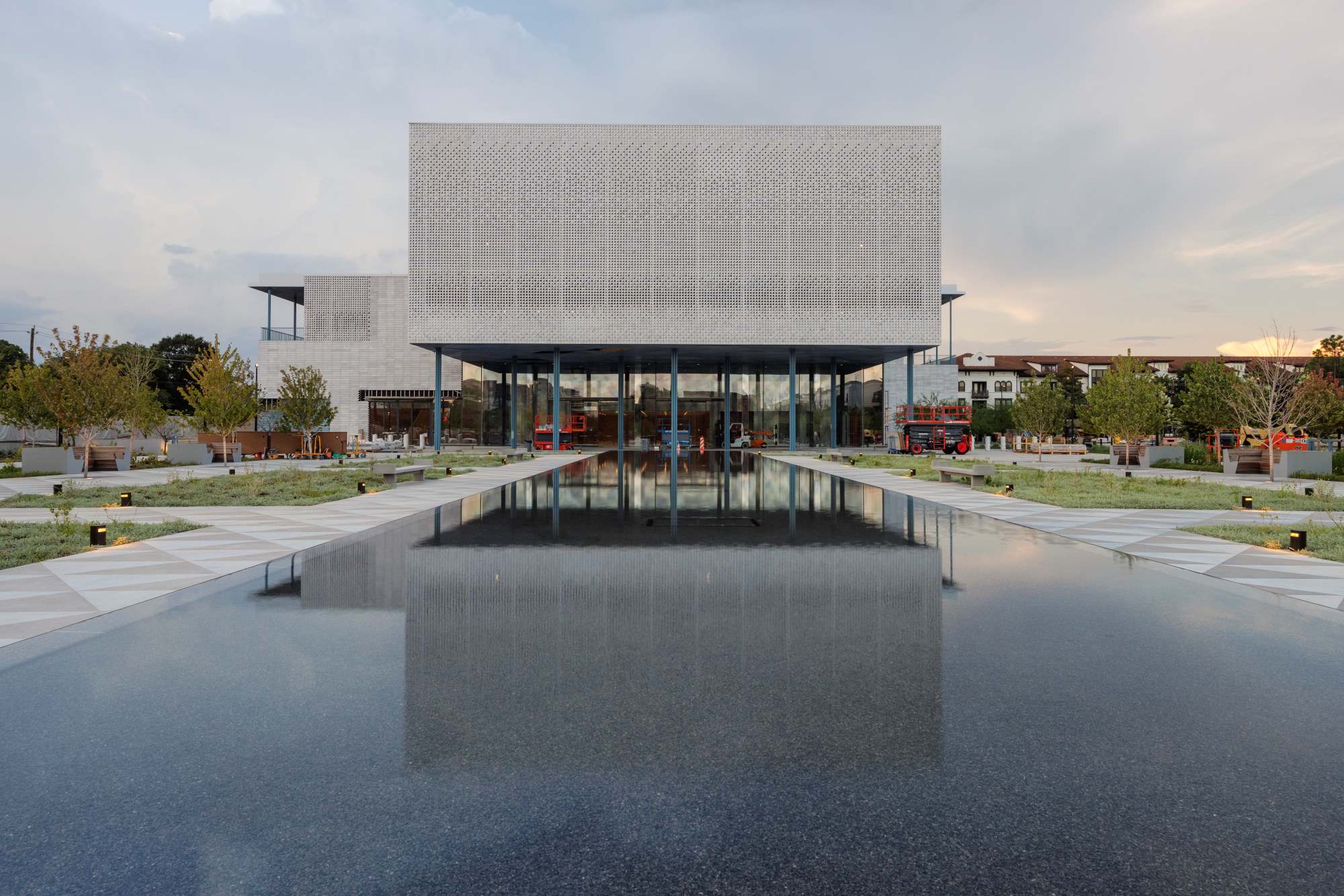
The Ismaili Center Houston will serve as both a space of prayer and a venue for dialogue, culture, and education. It reflects the Ismaili community’s enduring commitment to fostering understanding among diverse peoples, communities, and faiths.
For Houston, the Center will reinforce the city’s reputation as a cosmopolitan, forward-thinking cultural capital, complementing iconic nearby institutions such as The Menil Collection, Rothko Chapel, Asia Society Texas, and the Museum of Fine Arts, Houston.
“The Center’s aim is to foster mutual understanding between different communities and cultures: to invite Ismailis and non-Ismailis to connect through shared events such as lectures, conferences, music recitals, and art exhibitions that nurture curiosity, celebrate difference, and encourage conversation,” said Omar Samji, spokesperson for the Ismaili Center.
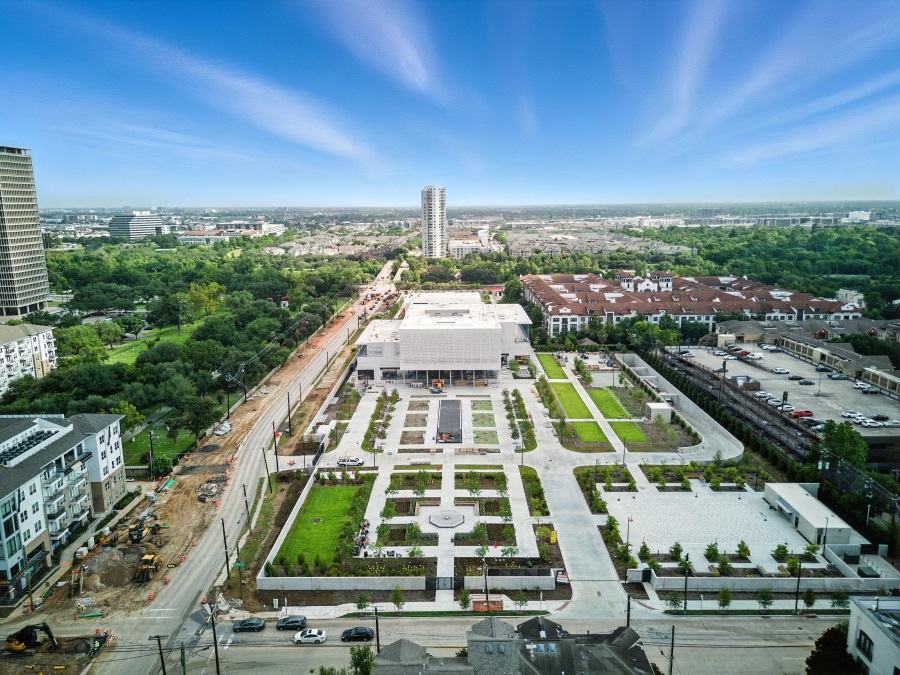
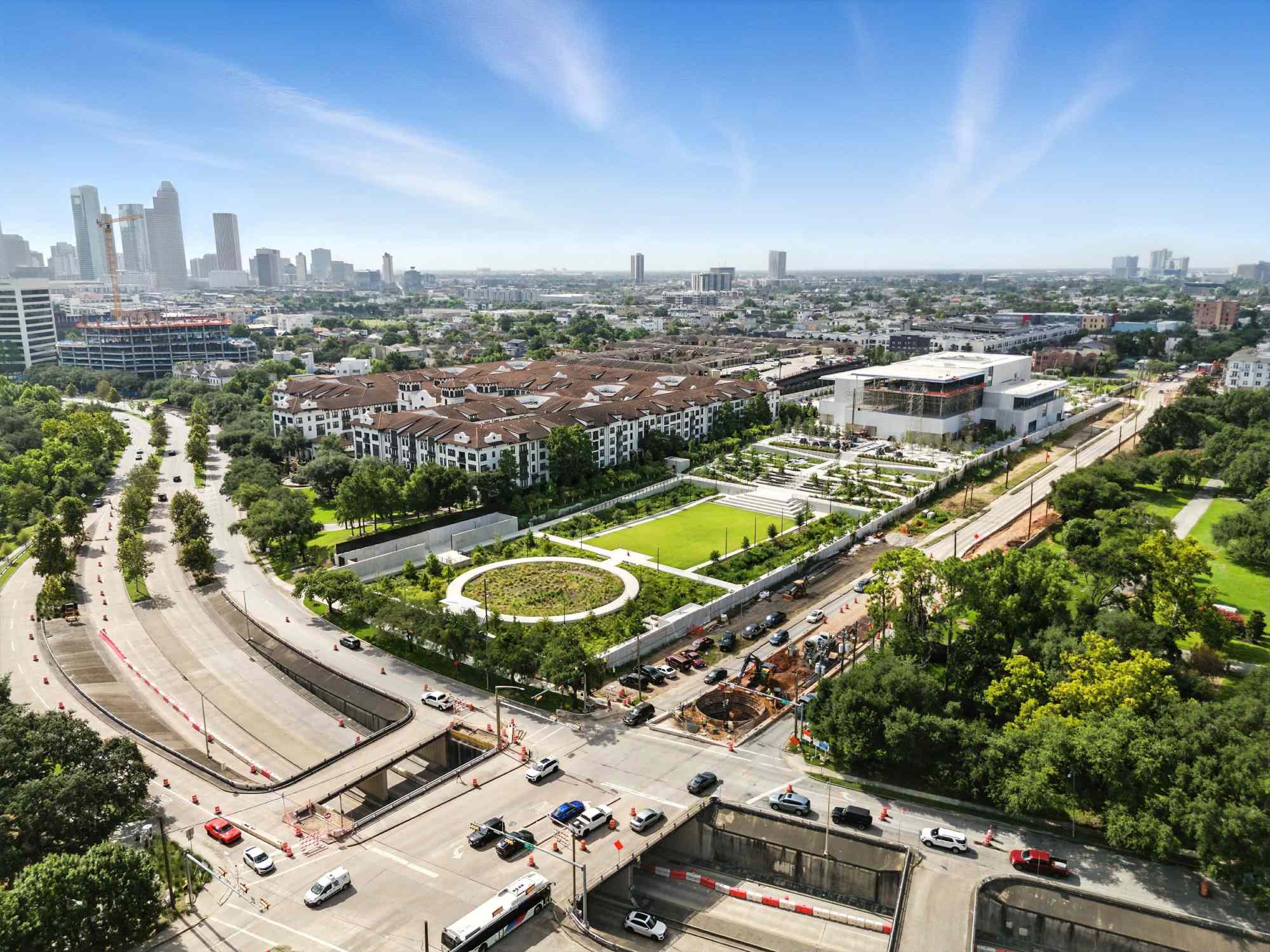
“The Ismaili Center Houston embodies His Highness the Aga Khan’s vision of a space that welcomes all, fostering dialogue, learning, and cultural exchange. Its design, rooted in Islamic traditions yet responsive to Houston’s climate, combines open gathering spaces, light-filled spaces, and intricate craftsmanship to create a serene, inclusive environment that will endure for generations,”
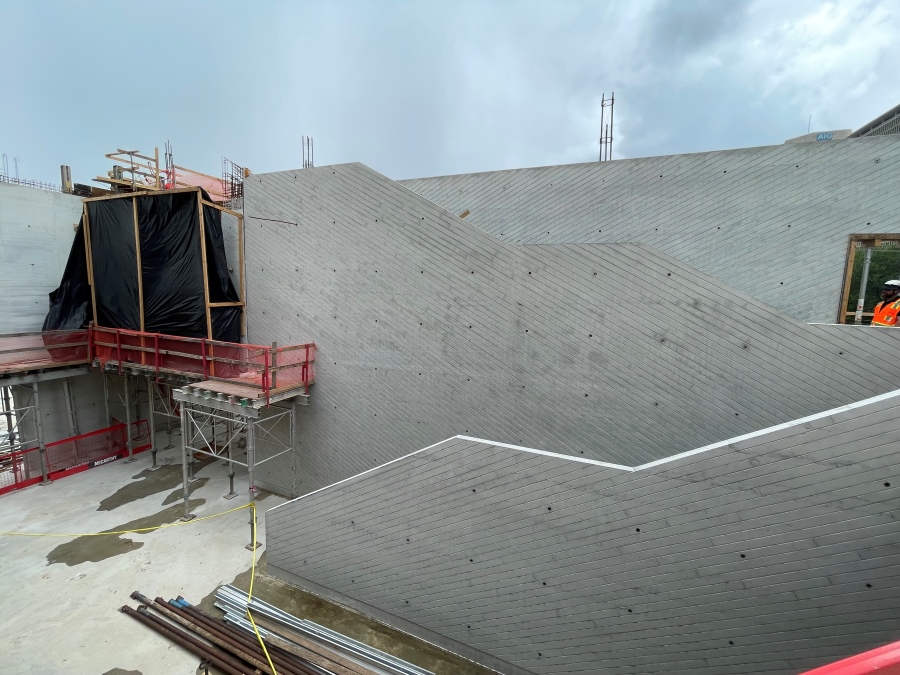
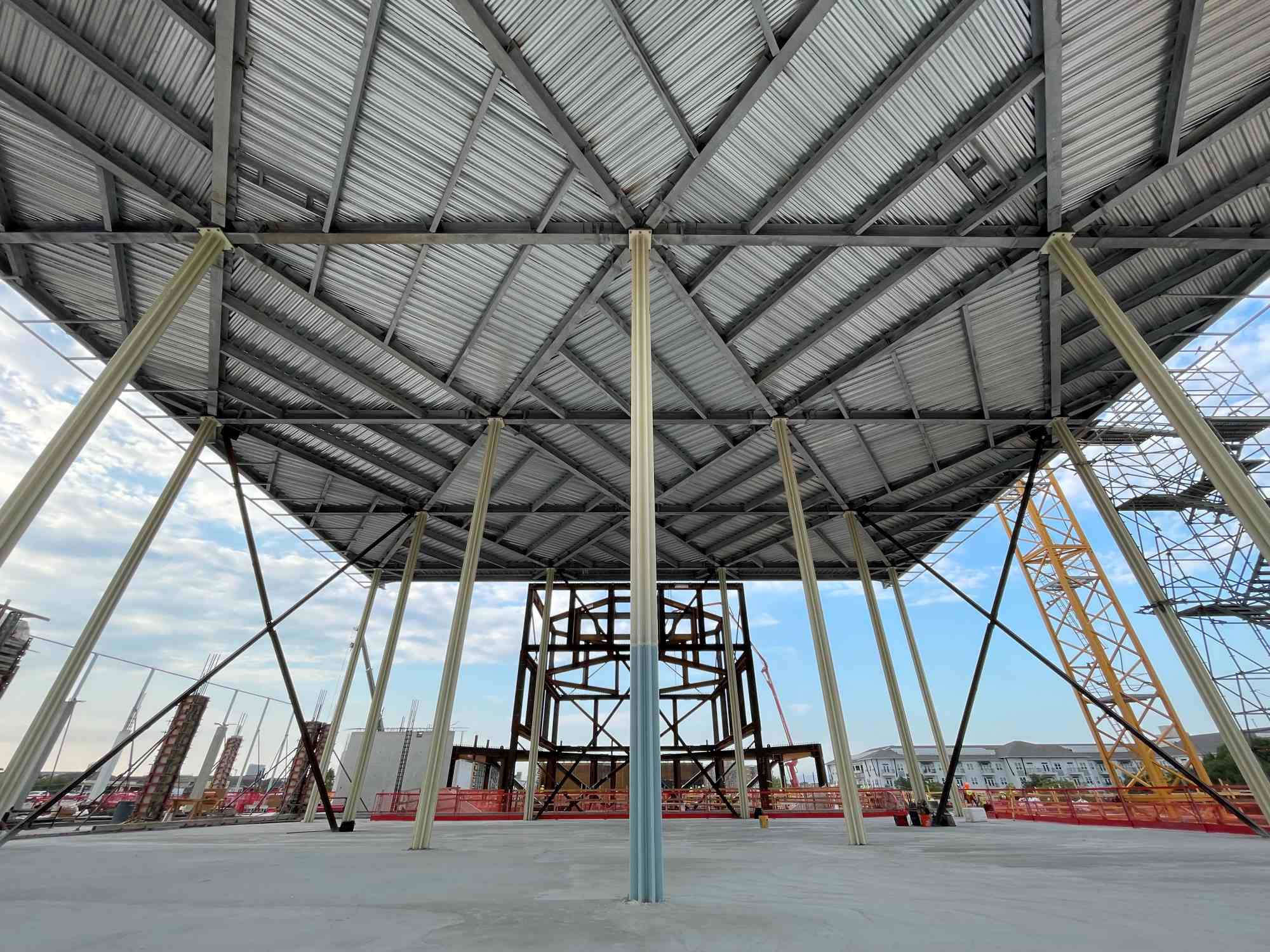
At the heart of the 150,000-square-foot building is a five-story atrium, flanked by two side atriums that connect to soaring eivans (Persian for verandas). While the atriums celebrate indoor gatherings, the eivans allow light to flood the interior from all sides. Architectural surfaces are adorned with geometric patterns inspired by Islamic traditions.
Moussavi’s design, developed in partnership with structural engineering firm AKT II and DLR Group (architect and engineer of record), is a modern expression of history and tradition.
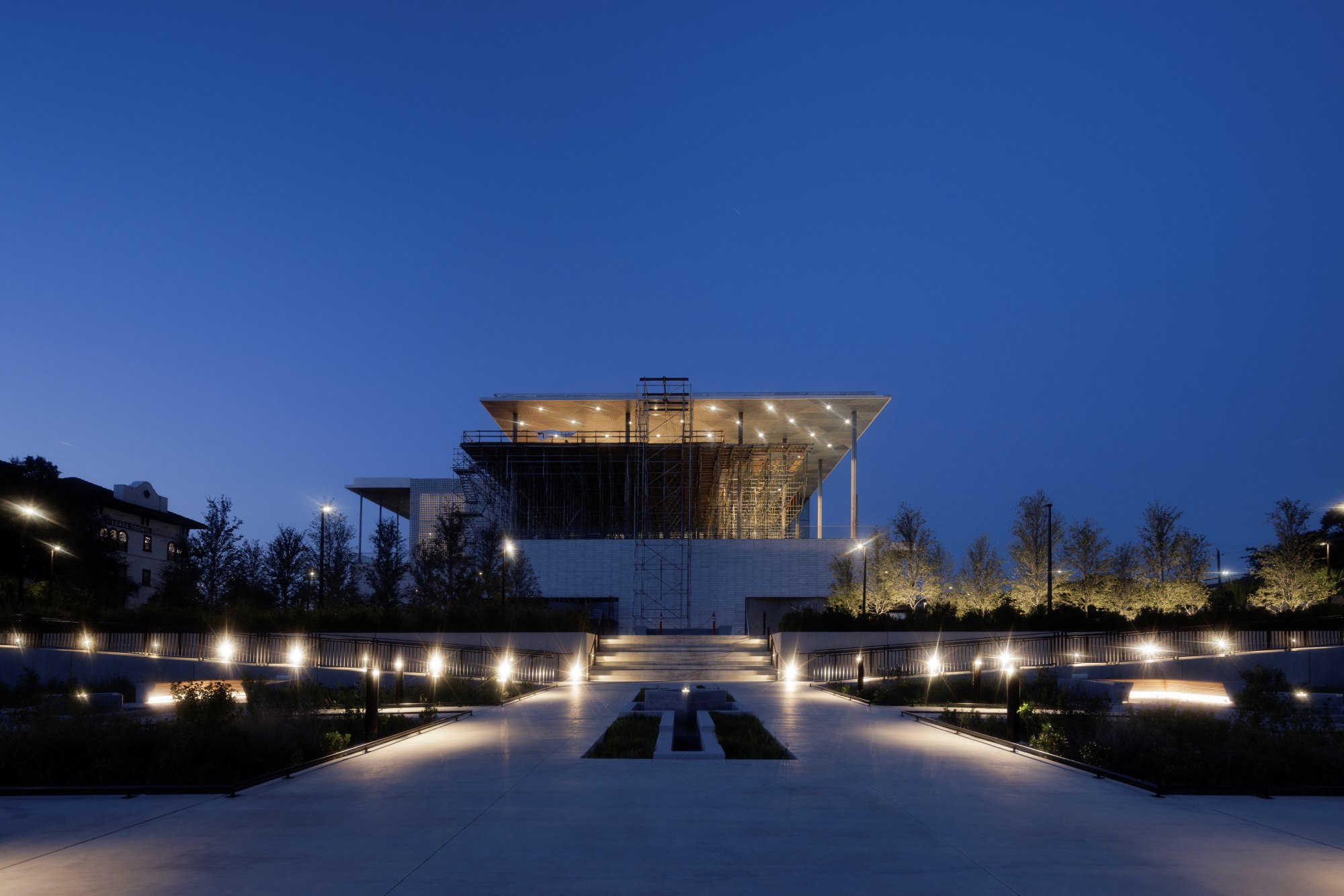
“The Ismaili Center strikes a beautiful balance between past wisdom and future aspirations, traditions and modern technologies, the local fabric of Houston and the global Ismaili community,” said Emily Moore, AIA, Principal and Senior Designer at DLR Group.
The Center’s cultural and civic facilities will include an exhibition gallery, a black box theater, banquet halls, meeting rooms, educational spaces, a café, and a prayer hall. These features ensure the Center will be a vibrant hub for both spiritual reflection and civic life.
Construction is led by McCarthy Building Companies, Inc., known for delivering many of Houston’s cultural landmarks. To achieve the project’s intricate architectural details, McCarthy implemented advanced construction strategies, including self-performing all architectural concrete work.
“From the beginning, the bar was set very high. When you consider the intent and purpose of this project – a 100-year building – it’s very difficult not to see it as something special. Achieving this level of quality requires a bold client, the right team, and extraordinary collaboration.”
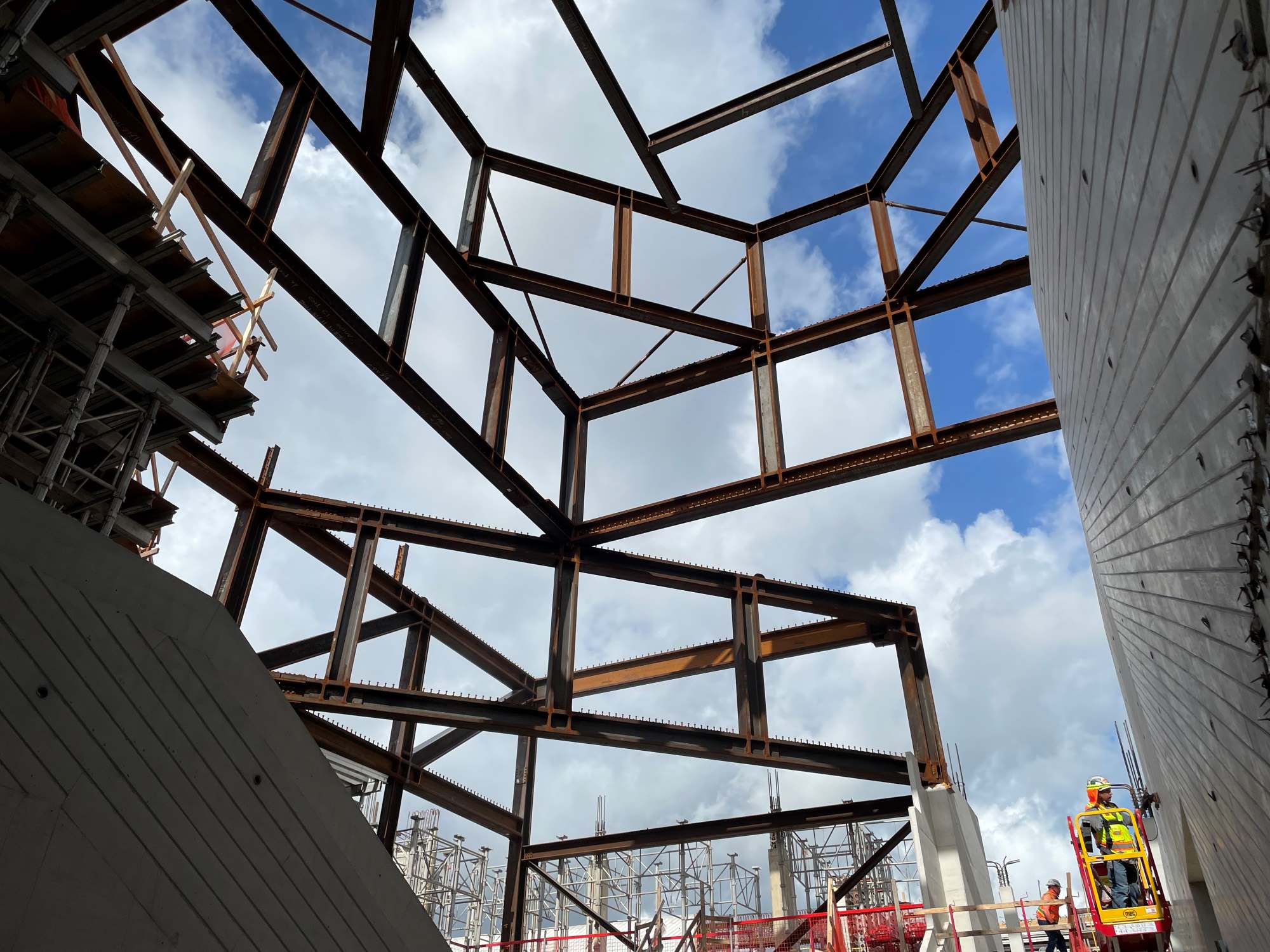
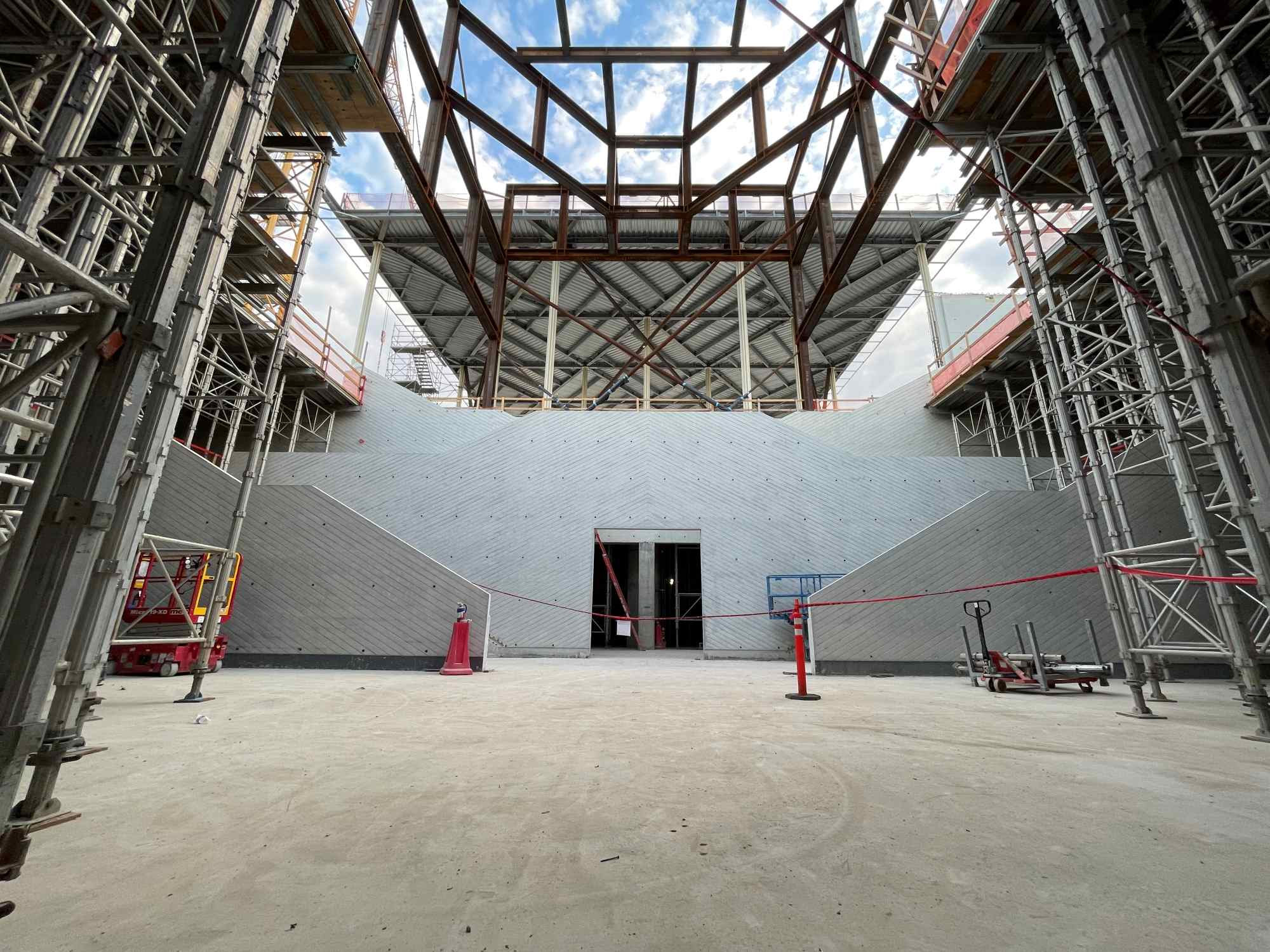
The 150,000-square-foot structure is set on an 11-acre site along Montrose Boulevard between West Dallas Street and Allen Parkway, directly across from Buffalo Bayou Park and near Tolerance, a public artwork by Spanish artist Jaume Plensa that celebrates unity in diversity. “The Ismaili Center gardens reinterpret Islamic landscape traditions while grounding the Center in Texas’s diverse ecologies and addressing flood risks,” said Thomas Woltz of NBW. The gardens create a contemplative oasis in the heart of Houston’s urban core, complementing other notable NBW projects at Memorial Park, Rothko Chapel, and Rice University.
